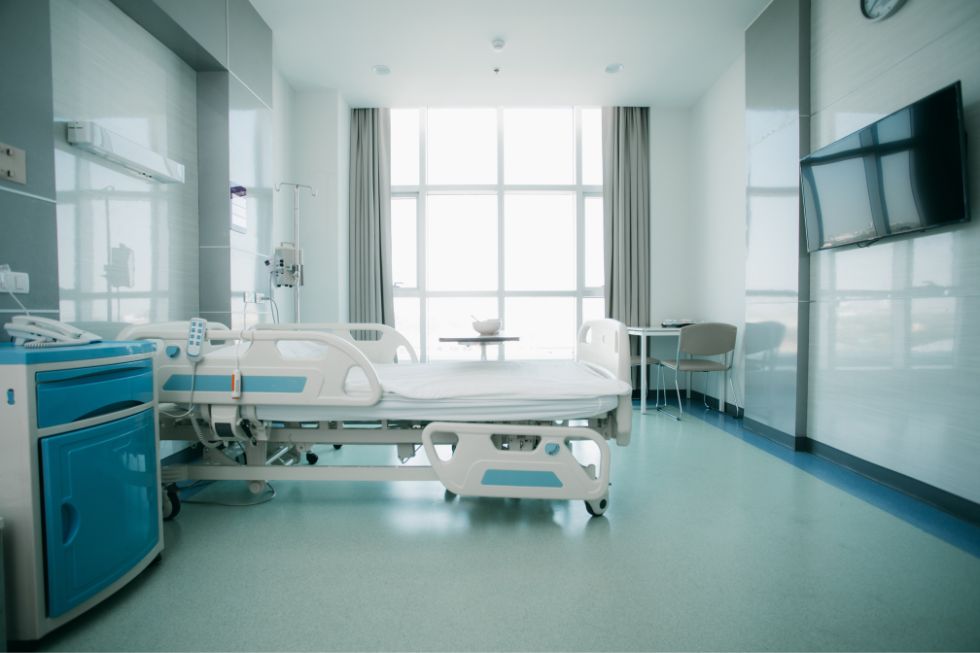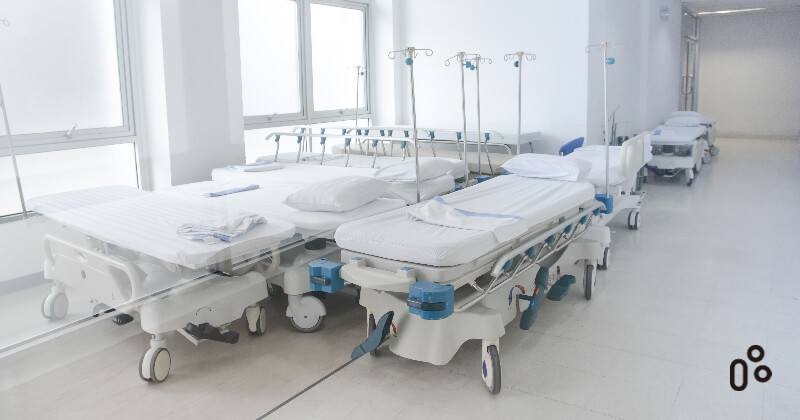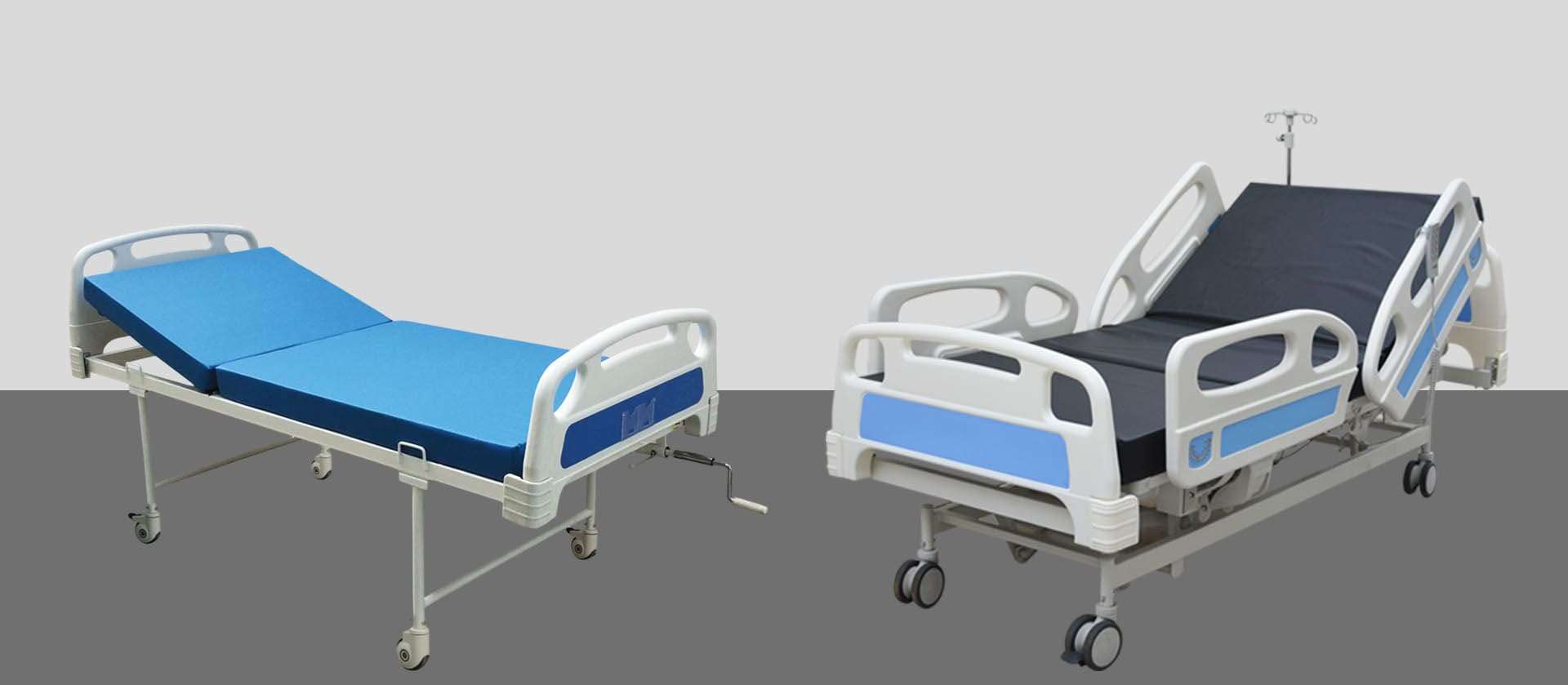Getting The Hospital Beds For Home Use To Work
Getting The Hospital Beds For Home Use To Work
Blog Article
Getting My Hospital Beds For Home Use To Work
Table of ContentsHospital Beds For Home Use Fundamentals ExplainedThe Best Strategy To Use For Hospital Beds For Home UseThe 7-Second Trick For Hospital Beds For Home UseThe smart Trick of Hospital Beds For Home Use That Nobody is Talking AboutHospital Beds For Home Use for BeginnersTop Guidelines Of Hospital Beds For Home UseThe Ultimate Guide To Hospital Beds For Home Use
There are three main types of healthcare facility beds: manual, semi-electric, and fully-electric. These beds make use of hand cranks to readjust the bed's elevation and increase and reduce the head and the foot.
Semi-electric beds have an electric motor to elevate and reduce the head and foot parts of the bed. Clients and caregivers adjust the positioning by pushing switches making use of a hand pendant. The elevation of the bed is readjusted by hand with a hand crank. Full-electric beds have an electrical motor that can raise the head and foot sections of the bed along with the whole elevation and positioning of the bed.
Excitement About Hospital Beds For Home Use
Some designs can also move into even more placements, such as the Trendelenburg (tilt) setting. There are several sorts of healthcare facility beds, each developed to fulfill particular client needs. Here are some common kinds: This is one of the most usual type of medical facility bed, created for basic medical use. It has a guidebook or electrically adjustable headrest, foot rest, and elevation.
Lower to the ground than a common bed. This kind of bed is created for larger individuals, with a bigger frame and greater weight capacity than a conventional bed. This sort of bed is created specifically for youngsters, with smaller sizes than a conventional bed. Special features such as full size side rails and anime style.
This kind of bed is created for critically ill patients who require open surveillance and specialized clinical equipment such as ventilators and infusion pumps. This kind of bed is designed for use throughout labor and distribution, with flexible positions and attributes to sustain the mommy and baby throughout the birth procedure.
The 25-Second Trick For Hospital Beds For Home Use
Multiple function and the devices perform increasing traction to various components of the vertebra and the extremities without relocating the human body. These are simply a couple of instances of the kinds of hospital beds available. The specific type of bed utilized will certainly depend on the individual's condition, clinical requirements, and other factors.
Right here is the point you need to recognize. A one-function hospital bed is a medical bed that allows a client to relocate only the head or foot area up or down. A 2 function health center bed typically refers to a kind of clinical bed that has two flexible functions to help people in hospitals or treatment facilities.

The Only Guide for Hospital Beds For Home Use
A 7-function ICU bed is a sort of clinical bed that supplies numerous flexible features to sustain critically sick individuals in an intensive care device (ICU) (hospital beds for home use). The seven features commonly include: Back-rest change: The backrest can be adapted to different angles to aid the client stay up or exist down comfortably
Height adjustment: The bed can be raised or decreased to make it less complicated for patients to enter and out of bed, and for caretakers to provide care. Trendelenburg position: The whole bed can be slanted to advertise blood flow and circulation in the body. Reverse Trendelenburg position: The bed can also be slanted in the contrary direction to advertise blood circulation and flow in the top body.
1. What Dimension is a Medical Facility Bed? 2. Just how Much Does a Health Center Bed Cost? 3. Why Do Health Center Beds Have Side Bed Rails? 4. What Are The Main Hospital Bed Components?. While even more economical than electric versions, these beds require exertion for changes. The primary advantages of hands-on beds are their price and dependability, as they do not rely upon electricity. The requirement for manual effort can be a constraint in situations where quick adjustments are needed or where caretakers encounter physical obstacles.
The Ultimate Guide To Hospital Beds For Home Use
Semi-electric healthcare facility beds provide a balance More Info of handbook and electric controls. These beds give an ideal middle ground between handbook and totally electric alternatives, supplying ease of usage without the full cost of electrical designs.
Semi-electric beds are appropriate for individuals that need moderate changes to the head and foot sections yet can take care of without regular elevation modifications. This makes them a cost-efficient service for those seeking comfort and convenience without the requirement for continuous repositioning. Fully electric hospital beds include electrical controls for seamless changes to the elevation, head, and foot sections.
Specialized hospital beds, such as ICU beds, long-lasting treatment beds, and bariatric beds, are very carefully made to resolve details medical needs. These beds use customized care for varied client teams, improving both end results and convenience. In the complying with sections, we will certainly explore the main sorts of specialized medical facility beds, detailing their certain benefits and applications.
With years of experience in making electric direct actuators - hospital beds for home use and close collaboration with the healthcare market, TiMOTION is well-positioned to provide reliable medical care services. Our up and down integrated business manages every action of the manufacturing process, from layout to actuator assembly, guaranteeing we provide phenomenal value and personalized solutions tailored to your specific demands
Fascination About Hospital Beds For Home Use

To read more concerning integrating these modern technologies into your items, contact us today. More reading:.
Information is sourced from the Medicare Cost Record. Accessed January 2025. Short-term severe treatment healthcare facilities have the highest ordinary number of beds at 187. They are the most usual type of healthcare facility in the U.S. and comprise even more than 50% of united state medical facilities. Children's healthcare facilities have 178 beds typically and VA hospitals typical 175 beds.

All about Hospital Beds For Home Use
A healthcare facility bed is a bed created particularly for clinical objectives. It is not just a location for clients to relax, yet likewise a platform for clinical procedures. Unlike regular home beds, healthcare facility beds typically have adjustable attributes, which can assist in clinical team to make different adjustments according to click resources the demands of individuals, such as transforming the elevation, inclination, and assistance angle of the back and legs of the bed.
Report this page